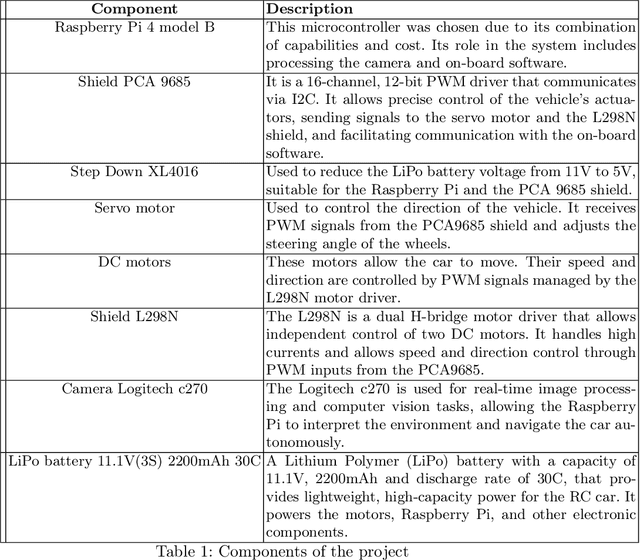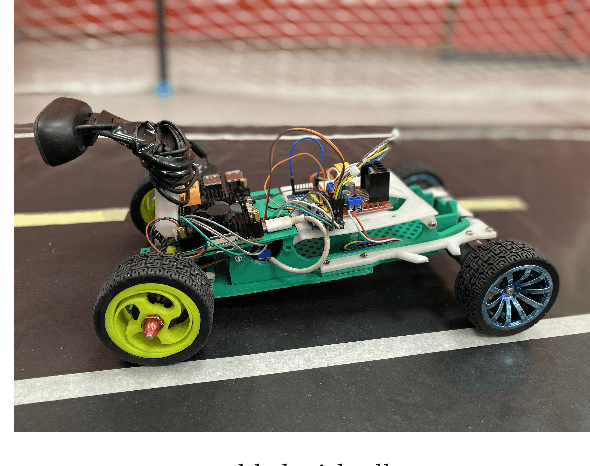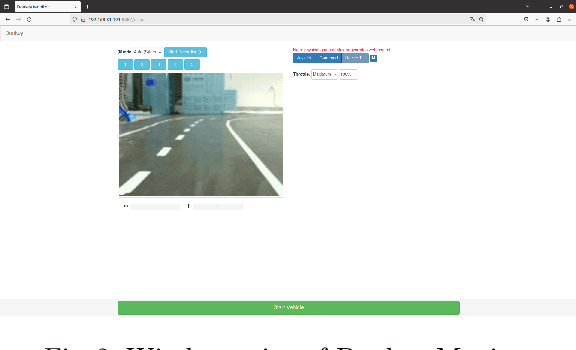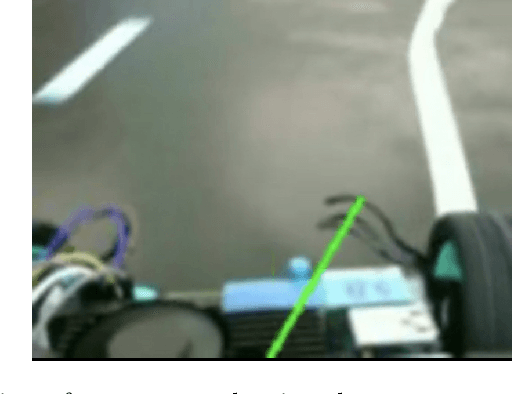Vincent Sandin
Implementación de Navegación en Plataforma Robótica Móvil Basada en ROS y Gazebo
Oct 25, 2024Abstract:This research focused on utilizing ROS2 and Gazebo for simulating the TurtleBot3 robot, with the aim of exploring autonomous navigation capabilities. While the study did not achieve full autonomous navigation, it successfully established the connection between ROS2 and Gazebo and enabled manual simulation of the robot's movements. The primary objective was to understand how these tools can be integrated to support autonomous functions, providing valuable insights into the development process. The results of this work lay the groundwork for future research into autonomous robotics. The topic is particularly engaging for both teenagers and adults interested in discovering how robots function independently and the underlying technology involved. This research highlights the potential for further advancements in autonomous systems and serves as a stepping stone for more in-depth studies in the field.
Configuração e operação da plataforma Clearpath Husky A200 e Manipulador Cobot UR5 2-Finger Gripper
Oct 22, 2024Abstract:This article presents initial configuration work and use of the robotic platform and manipulator in question. The development of the ideal configuration for using this robot serves as a guide for new users and also validates its functionality for use in projects. Husky is a large payload capacity and power systems robotics development platform that accommodates a wide variety of payloads, customized to meet research needs. Together with the Cobot UR5 Manipulator attached to its base, it expands the application area of its capacity in projects. Advances in robots and mobile manipulators have revolutionized industries by automating tasks that previously required human intervention. These innovations alone increase productivity but also reduce operating costs, which makes the company more competitive in an evolving global market. Therefore, this article investigates the functionalities of this robot to validate its execution in robotics projects.
UruBots Autonomous Car Team Two: Team Description Paper for FIRA 2024
Jun 13, 2024



Abstract:This paper proposes a mini autonomous car to be used by the team UruBots for the 2024 FIRA Autonomous Cars Race Challenge. The vehicle is proposed focusing on a low cost and light weight setup. Powered by a Raspberry PI4 and with a total weight of 1.15 Kilograms, we show that our vehicle manages to race a track of approximately 13 meters in 11 seconds at the best evaluation that was carried out, with an average speed of 1.2m/s in average. That performance was achieved after training a convolutional neural network with 1500 samples for a total amount of 60 epochs. Overall, we believe that our vehicle are suited to perform at the FIRA Autonomous Cars Race Challenge 2024, helping the development of the field of study and the category in the competition.
 Add to Chrome
Add to Chrome Add to Firefox
Add to Firefox Add to Edge
Add to Edge